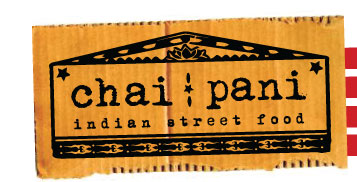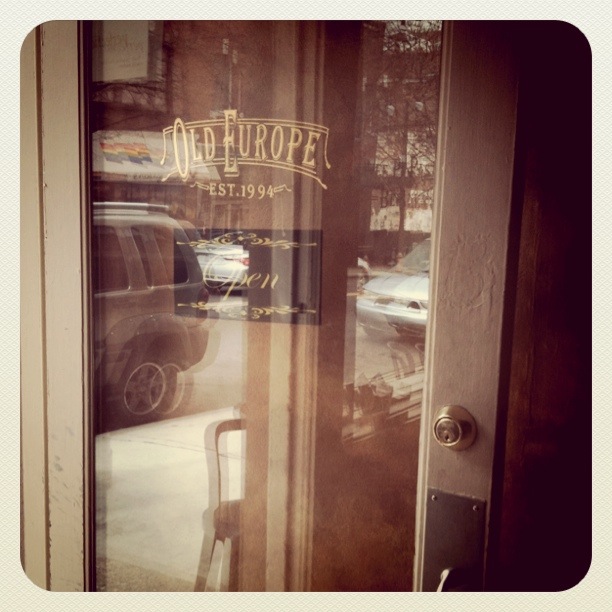We have a snow day in Atlanta, and that is as good a reason as any to celebrate. So long as you are comfortably ensconced indoors, warm and toasty, tea and biscuits and toast handy, socks and blanket on the ready, books to read, movies to watch, that is… Yes, I realize that that does make me a very privileged person.
Birthdays come, birthdays go. This one is no exception.
Any day is a good one to feel grateful. Not that one can really “feel” grateful, because that would amount to mood making. However, simply becoming aware of everything one has been given in this lifetime would suffice. If gratitude wells up, so be it. If not, that is okay too.
If I have learned anything in this last one year, it is the importance of being authentic. Being truthful to oneself is the starting point of leading an authentic life. I am also beginning to see that it takes a certain degree of courage to lead this kind of a life. Now, I don’t regard myself as a courageous person at all (but maybe I am one?) but I have taken some decisions (or waltzed blissfully unaware into situations?) that some would regard as requiring courage. I have quit decently well-paying jobs, joined school part-time, changed careers, walked away from projects and activities typically deemed “good” for you… all with scant regard to long-term plans or profit or happiness. I went along with what I knew, what felt right, and the rest is history.
Today, I am happy and at peace. And it may be my naivete, but I wonder: How difficult is it to experience such contentment? I have done nothing particularly notable or spectacular in this lifetime thus far. I don’t have a glamorous job or title. I have no accolades or achievements to my credit. In fact, at the age of 37, I feel like a semi-retiree. I have found bliss in a cup of tea, a good book, a quiet walk, birdsong. I have found utter joy in solitude and emptiness.
Questions, questions… There is an eager child within who used to question endlessly. Now she lives in a state of perennially wide-eyed curiosity. The answers keep coming. Some days, I can hardly believe my luck. It feels like a treasure chest has opened within me, and I am lifting out one jewel after another. Such is my wonder and amazement at all these riches I find… I am too joyful to grab anything more than I can hold. Yet I have the confidence that the stream of riches is endless. It will never run dry.
If all that sounded like some kind of psychobabble, I apologize. I couldn’t help rhapsodizing about the many gifts I have received, as I walk along the path of introspection and self-enquiry.
Ahh, gratitude. I meant to talk about Mummy and Daddy.
In a recent Facebook post, I remarked that Mummy’s love is like Space. You cannot grasp at it. It is impossible to get a hold of it. But it envelops you whole without touching you anywhere. As a child, I tried in vain to grab it — touch it, feel it, hug it. But I couldn’t. As an adult, I understand the sheer expansiveness of a love like that that only gives and asks nothing in return. Freedom… Mummy’s love was/is freedom and space, and I marvel at her spirit. She walks lightly on this planet.
In contrast, Daddy’s love is Earth. It is tangible and real. It expresses itself so clearly. If I were to describe Daddy’s love as a taste sensation, it would be like eating a date. So sweet, rich and unmistakably satisfying. It grabs you in all the right places, at the right times. It fills you up entirely.
There you have it… I grew up between Earth and Space. Held by one, freed by the other. Grounded by love, space and freedom.
Didn’t I say I was privileged?
So, on this lovely snow day, as I look out the window at our winter garden (still green), I see snow lightly splattered across the greenhouse roof and the bushes. I see bare trees, shiny sunlight, rays glinting through the spiny branches, and endless space.
Life is beautiful. It is Guru.




